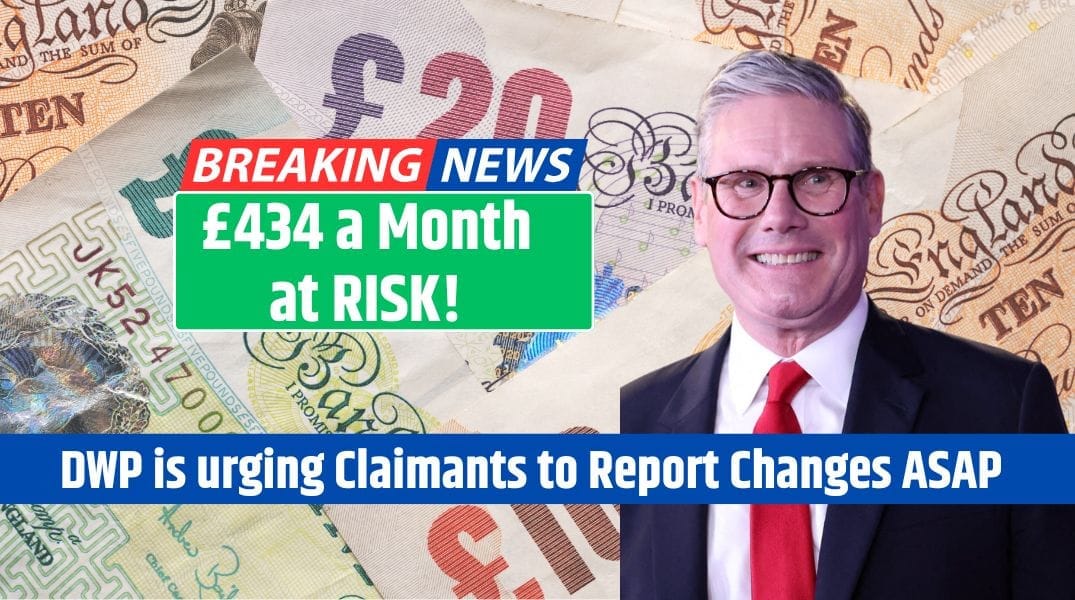As inflation and high living costs continue to strain Americans across the country, many states are stepping up to provide financial relief through stimulus payments and tax rebates. These payments aim to help residents cover essential expenses while stimulating local economies.
This October, several states are issuing direct payments to their residents, with amounts varying based on location, income level, and other qualifying factors. Here’s a look at the states offering relief this month and what residents can expect.
States Offering Stimulus Payments and Tax Rebates This Month
Multiple states are disbursing stimulus checks and tax rebates to ease the economic pressures faced by their residents. The goal is to provide immediate financial relief while also encouraging spending across industries impacted by the economic slowdown.
California: Middle-Class Tax Refund Program
California continues its distribution of the Middle-Class Tax Refund, which was created to address the state’s high cost of living.
With some of the highest housing and living expenses in the U.S., California’s initiative aims to provide relief to millions of residents. Most eligible individuals earning under $75,000 per year can expect to receive $350. Additional payments will be provided to those with dependents, offering crucial support to families.
The program is rolling out payments this month, delivering much-needed assistance to many households.
Idaho: New Round of Stimulus Checks
Idaho has also stepped up to provide economic relief through a new round of stimulus checks. This October, eligible residents will receive $300, while married couples filing jointly will receive $600. This program follows a series of previous payments designed to help Idahoans manage rising costs and bolster the local economy.
Rhode Island: Child-Tax Rebates
In Rhode Island, families with children are receiving tax rebates to help offset the costs of raising kids. Eligible households are receiving $250 per child, with a maximum payment of $750 per household. This child-tax rebate is intended to assist families with rising costs, particularly for essentials such as housing, food, and childcare.
South Carolina and Virginia: Statewide Relief Programs
South Carolina has allocated a substantial $1 billion in relief for its residents, while Virginia is issuing tax rebates to help offset living expenses. In Virginia, eligible residents can expect payments between $250 and $500, depending on their tax filing status. These rebates are intended to provide immediate financial help to residents struggling with high costs of living.
Alaska: $3,200 Stimulus Check
Alaska residents will receive one of the largest payments this month through the state’s Permanent Fund Dividend (PFD) program. The payout, set at $3,200, is derived from the state’s profits from oil and mineral sales. Alaska’s economy heavily relies on natural resources, with mining industries such as lead, zinc, and gold contributing significantly to its revenue. In 2023, the mining industry alone generated $136 million for the state, supporting programs like the PFD.
Although the original stimulus check was intended to be $5,500, the final payment amount was reduced. To qualify for the payment, residents must have lived in Alaska for at least one year, maintain a permanent residence there, and have a clean criminal record. These rebates come as a welcome relief for residents facing the challenges of high living costs in the state.
Rising Cost of Living: A Stabilizing Trend?
Despite the continued rise in living expenses, there are signs that costs may be stabilizing. According to a Bankrate survey, housing costs remain a significant concern, with the cost of shelter rising 5.2% between June 2023 and June 2024. In 2022, Americans spent an average of 33.3% of their income on housing, and many prospective homeowners—particularly younger generations—are finding it difficult to save for a down payment due to rising home prices and rent.
Hawaii remains the most expensive state to live in, with a cost-of-living index of 186.2, followed by California and Washington, D.C. At the other end of the spectrum, West Virginia is currently the most affordable state with a cost-of-living index of 83.8, followed by Oklahoma and Kansas.
Cost-of-Living Adjustment (COLA) for 2024
This October, the new cost-of-living adjustment (COLA) statistic is expected to be announced. COLA affects Social Security payments and serves as a benchmark for wage increases across industries.
The predicted COLA increase for 2024 is around 2.5%, providing much-needed financial boosts to retirees and workers whose paychecks are tied to inflation rates. There is a growing push for companies to implement mandatory wage increases based on the COLA statistic, which could provide further relief as prices for housing, food, and other essentials continue to rise.
Stimulus Payments: A Lifeline for Many
As the economy gradually recovers from inflation and geopolitical events such as the ongoing war in Ukraine, prices remain elevated, and relief may not be immediate. However, these stimulus payments and tax rebates provide a much-needed financial buffer for many families.
Whether it’s through child-tax credits, general tax rebates, or larger payments like Alaska’s PFD, this assistance is crucial in helping Americans navigate the ongoing economic challenges.
FAQs:
Which states are sending out stimulus payments this month?
Several states, including California, Idaho, Alaska, South Carolina, Virginia, and Rhode Island, are issuing stimulus payments and tax rebates in October.
How much will California residents receive from the Middle-Class Tax Refund program?
California residents earning under $75,000 per year can expect to receive $350. Additional payments are available for those with dependents.
Who qualifies for Alaska’s $3,200 stimulus check?
To qualify for Alaska’s $3,200 payment, residents must live in the state for at least one year, have a permanent address, and maintain a clean criminal record.
How is the cost of living changing across the U.S.?
While the cost of living continues to rise, economists are seeing signs of stabilization. However, housing remains a significant financial burden for many, with costs increasing by 5.2% over the past year.











